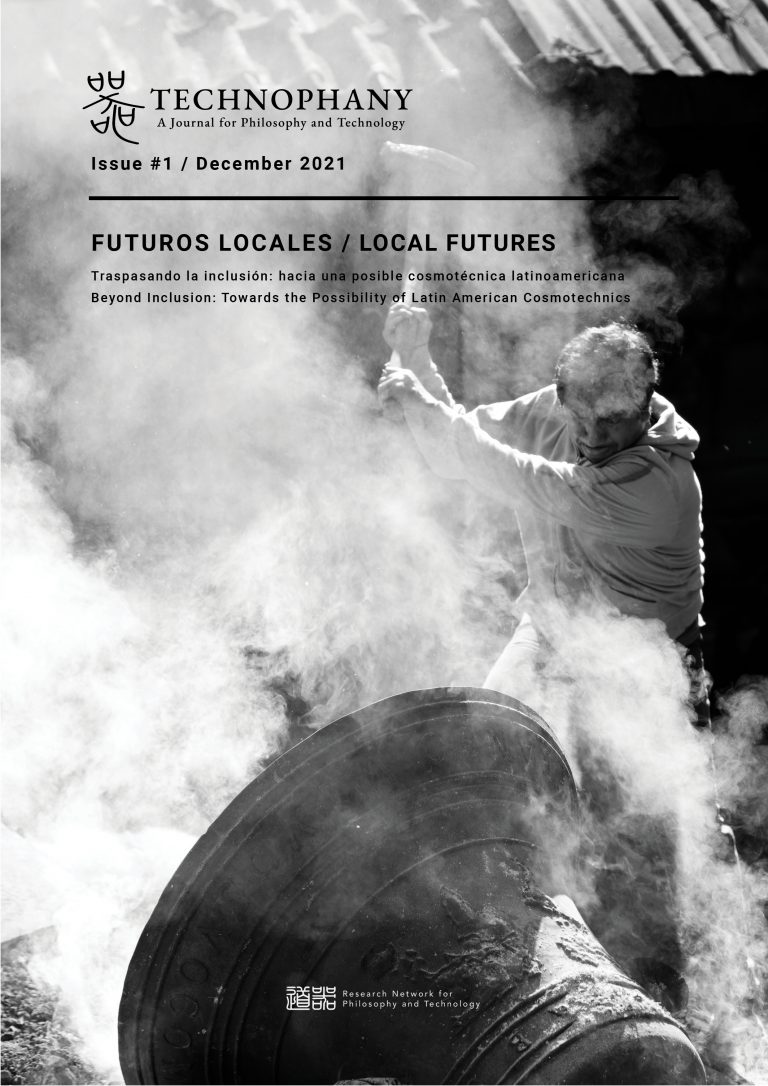Conocimientos acústicos prehispánicos mayas y su relación con la manufactura de instrumentos sonoros / Pre-Hispanic Mayan Acoustic Knowledge and its Relationship with the Manufacture of Sound Instruments
DOI:
https://doi.org/10.54195/technophany.12606Abstract
Este trabajo es una síntesis comentada sobre el uso y simbolismo de las sonajas en los mayas, lo cual forma parte del libro Instrumentos sonoros prehispánicos mayas. Tomo I Idiófonos, editado por el Centro de Estudios Mayas de la UNAM, que se encuentra actualmente en prensa y será publicado en 2021. Los instrumentos idiófonos mayas prehispánicos (cuya etimología proviene del griego antiguo, ídios = propio y phoné= voz, sonido, capacidad del habla), cuya materia oscila debido a su solidez y elasticidad, lo que genera sonidos sin tener la necesidad de emplear membranas o cuerdas en tensión[1]. Se subdividen según la forma como son ejecutados, en este caso pueden ser percutidos directa o indirectamente, punteados, frotados o soplados. Este instrumental en el área maya fue elaborado con variados materiales (cerámica, maderas, frutos secos, huesos, caparazones de tortuga, lítica, metales y conchas). Además de la presencia de los instrumentos en sí, se cuenta con evidencias iconográficas prehispánicas, fuentes históricas que los describen, así como con registros etnográficos de su existencia.
This work is an annotated synthesis of the use and symbolism of rattles among the Maya, which forms part of the book Instrumentos sonoros prehispánicos mayas. Tomo I Idiófonos, edited by the Centro de Estudios Mayas de la UNAM, which is currently in press and will be published in 2021. Pre-Hispanic Mayan idiophones (whose etymology comes from the ancient Greek, ídios = own and phoné = voice, sound, speech capacity), whose material oscillates due to its solidity and elasticity, which generates sounds without the need to use membranes or strings in tension[1]. They are subdivided according to the way they are played, in this case they can be percussed directly or indirectly, plucked, rubbed or blown. These instruments in the Maya area were made from a variety of materials (ceramics, wood, nuts, bones, turtle shells, lithic, metals and shells). In addition to the presence of the instruments themselves, there is pre-Hispanic iconographic evidence, historical sources describing them, as well as ethnographic records of their existence.








